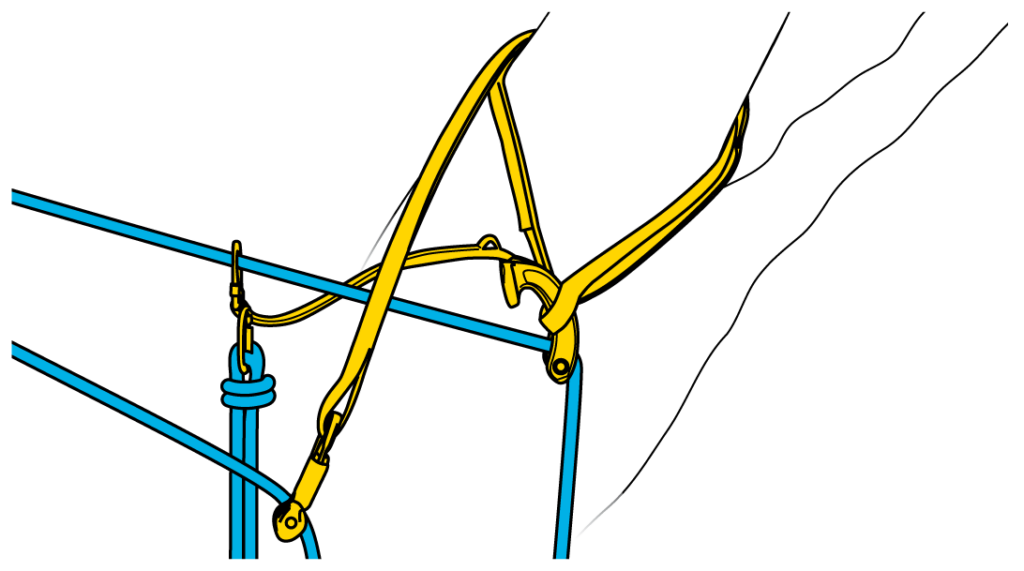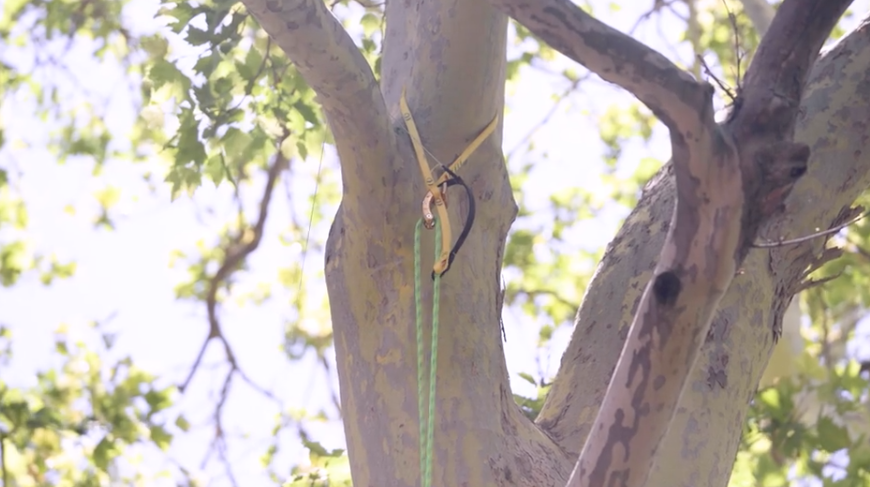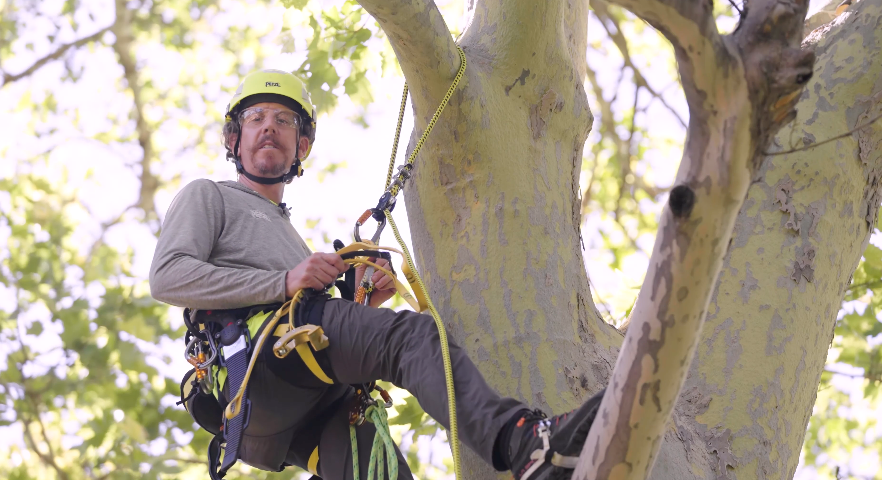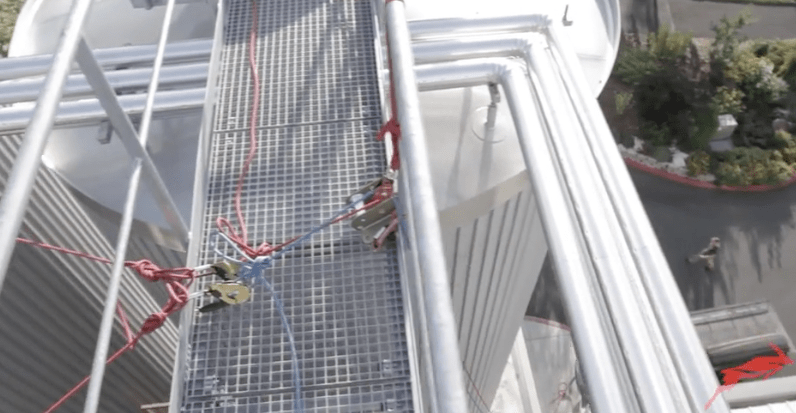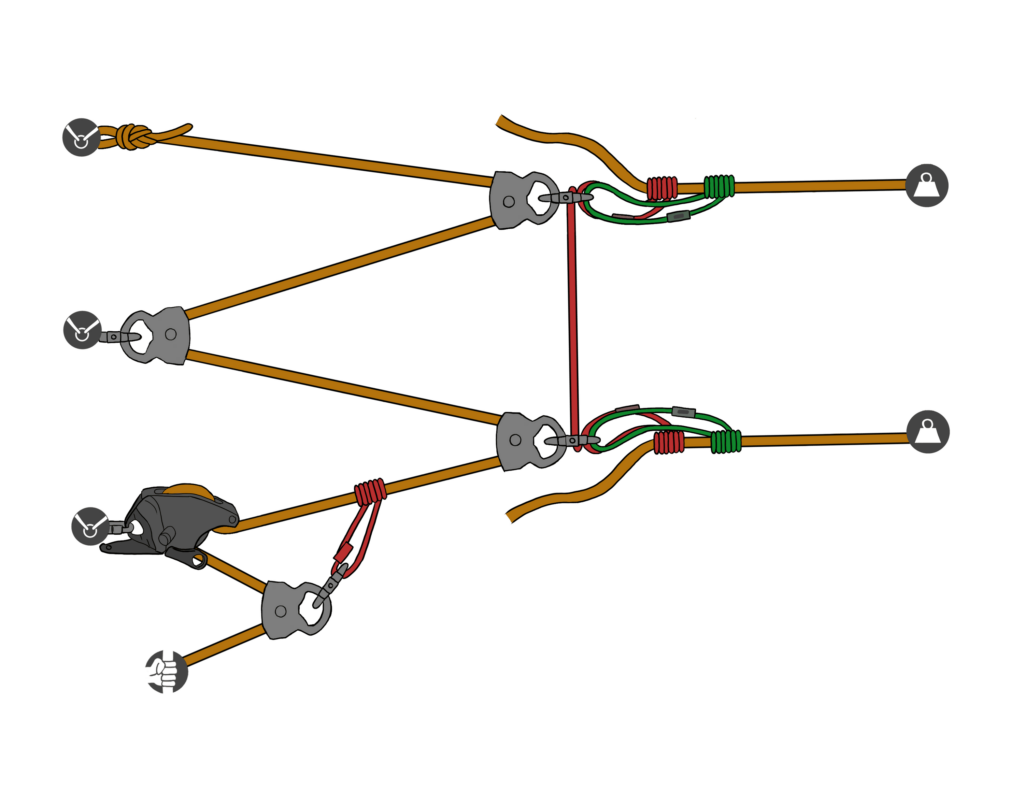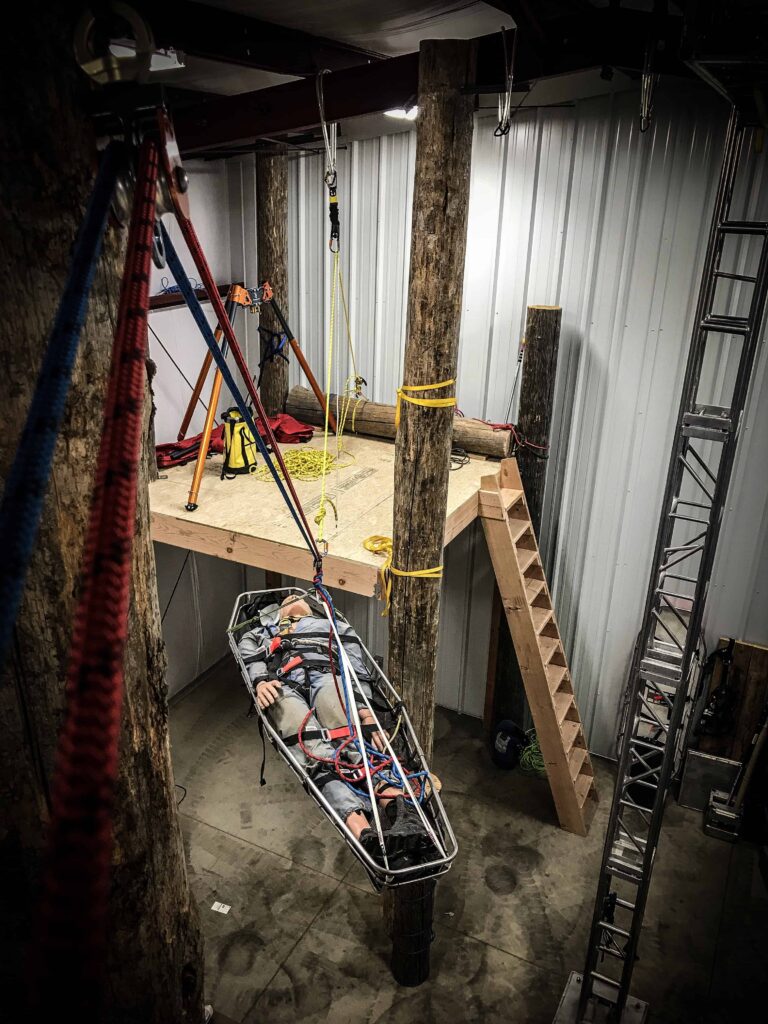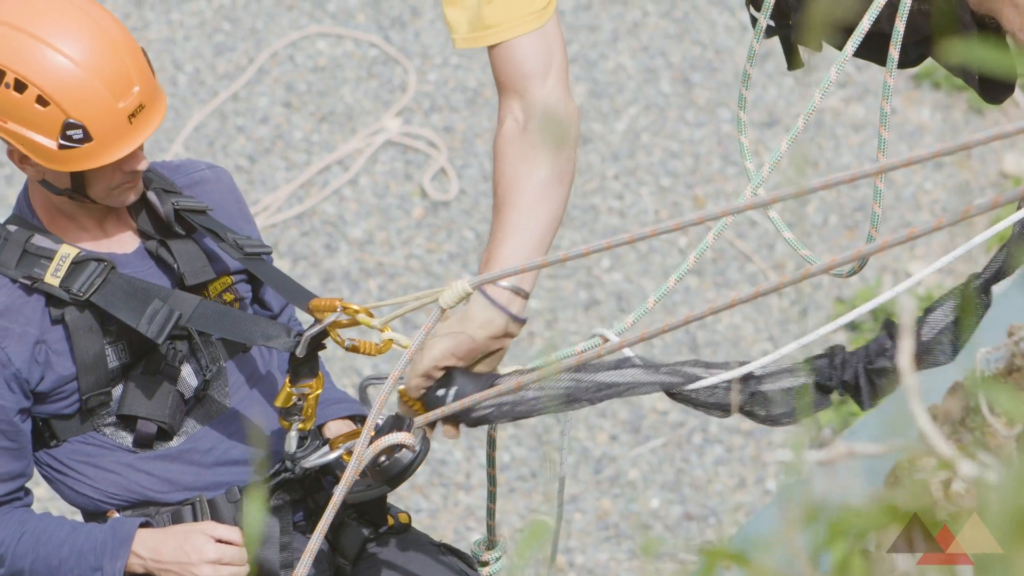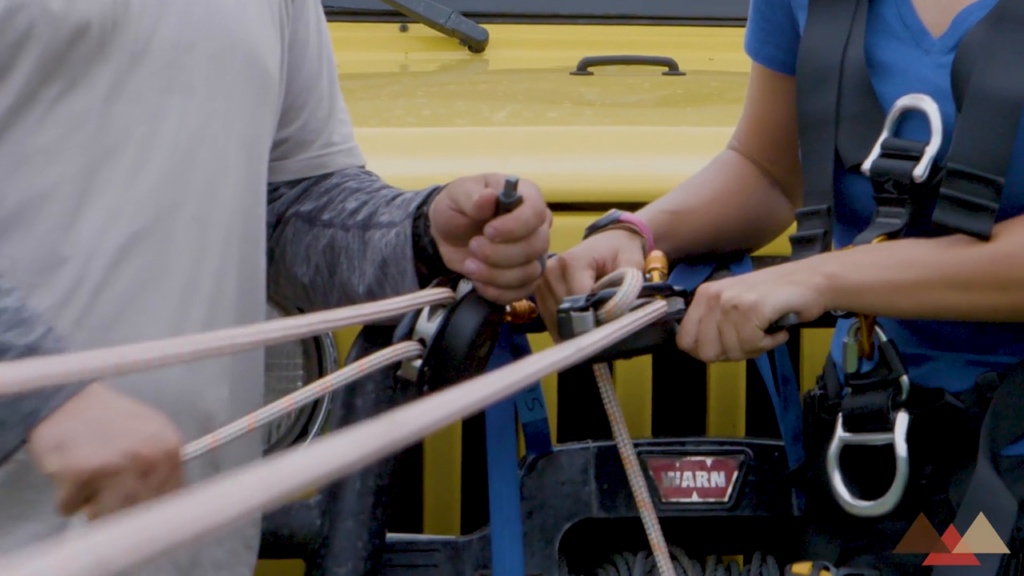Petzl NAJA Retrievable Friction Saver
Petzl NAJA: An Adjustable Friction Saver Built for Tree Care Professionals For tree care professionals, balancing efficiency, safety, and tree preservation is essential. Whether you’re climbing for pruning, inspection, or rescue, the gear you rely on directly affects performance and impact on the tree. The Petzl NAJA is a friction saver designed specifically for today’s […]
Petzl NAJA Retrievable Friction Saver Read More »

